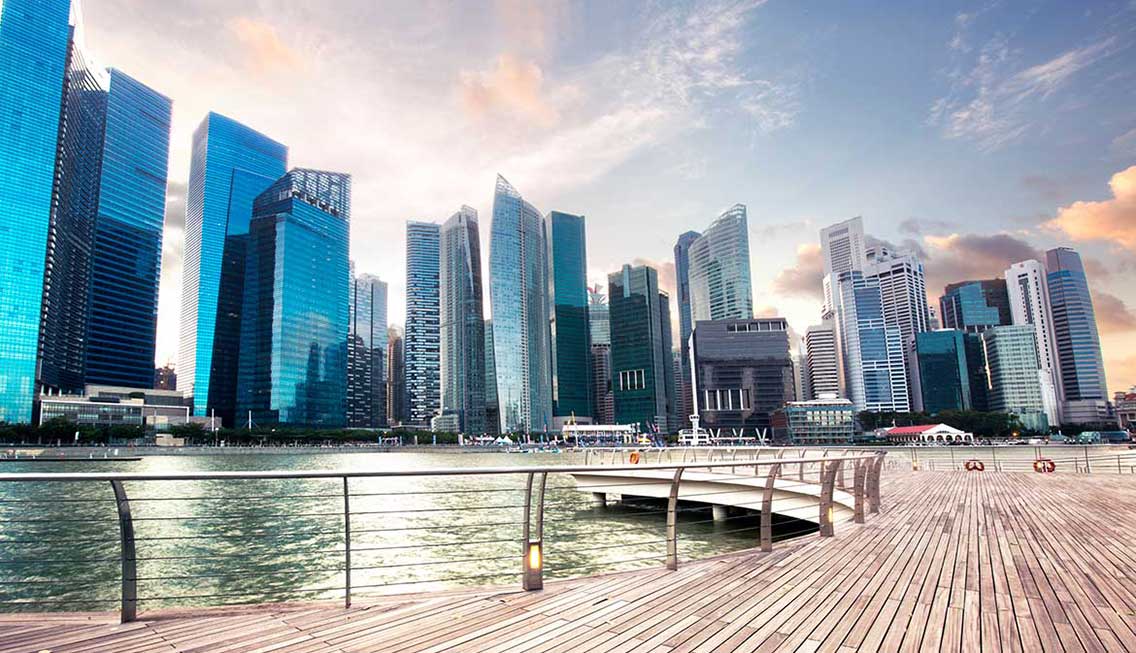Singapore Gears Up To Be Natural Gas Hub In Asia-Pacific
Mr Peh Lam Hoh, founder and managing director of Sing Swee Bee Group, a key provider of storage services, plans to increase its pool of 300 LNG tanks by the end of the year in anticipation of demand.
Link to Article
5 October 2016
Singapore is positioning itself to be the Asia-Pacific hub for liquefied natural gas (LNG) as demand for the energy source surges.
The global demand of 250 million tonnes a year now is projected to rise to 400 million tonnes a year within the next two decades, creating huge opportunities for a strategic location like Singapore.
Mr Saad Rahim, chief economist of Dutch-based commodity trader Trafigura, told a gas roundtable here on Monday that natural gas offers reliable electricity generation that is not affected by weather patterns as wind energy and solar energy are.
Coal is less favoured these days as it contributes to greenhouse gas emissions, while gas gives off significantly less greenhouse gas emissions compared with fossil fuel plants, he said.
The roundtable, which was organised by International Enterprise Singapore, heard that Singapore LNG Corporation has been building up its infrastructure to seize opportunities in the Asia- Pacific, which accounts for 70 per cent of global gas demand.
Singapore LNG chief executive John Ng said the terminal on Jurong Island, which houses three LNG tanks with a total storage capacity of 540,000 cubic metres, can be expanded to seven tanks with a total capacity of 800,000 cubic metres. “We are studying the possibility of introducing new services such as storage and send-out (export), LNG trucking and nitrogen blending of regasified LNG,” he said.
“We plan to construct a pilot truck-loading facility by the end of this year to start the service by next year. Business opportunities include break bulking and LNG bunkering to meet regional demand.”
Mr Ng noted that Singapore’s location near the growing demand centres of East Asia and suppliers in the Middle East, South- east Asia and Australia creates a strategic advantage.
Tokyo Gas Asia is equally bullish about the prospects for the LNG sector. Managing director Nobuhisa Kobayashi said at the roundtable: “Tokyo Gas is going to cultivate the natural gas market in South-east Asia. There is a lot of potential in this region for LNG.”
The company has offices in Singapore, Malaysia, Indonesia, Vietnam and Thailand.
Mr James Laybourn, regional floating systems manager of Norwegian consultancy DNV GL, said the nature of countries like Indonesia and the Philippines, which are made up of many islands, offers small-scale LNG prospects.
“There is potential for floating storage regasification units, which can be located on barges, to supply power stations,” he said. “Singapore’s ambitions to be Asia’s regional LNG hub will most likely see it establishing bunkering facilities.”
Mr Peh Lam Hoh, founder and managing director of Sing Swee Bee Group, a key provider of storage services, plans to increase its pool of 300 LNG tanks by the end of the year in anticipation of demand.
The firm owns the largest number of such storage tanks – which cost US$120,000 (S$164,000) to US$150,000 each – in the Asia- Pacific. They are leased to industrial gas producers in the Asia-Pacific and Africa.
“There are a number of growing industrial estates, small townships and manufacturing facilities that are away from the main pipelines as well as fossil fuel supply routes. This presents opportunities for LNG distribution,” said Mr Peh.
“The current depressed oil price will not be lasting. It will be more expensive within the next three to five years and this will make LNG a cheaper alternative for the energy requirements of our clients.”
